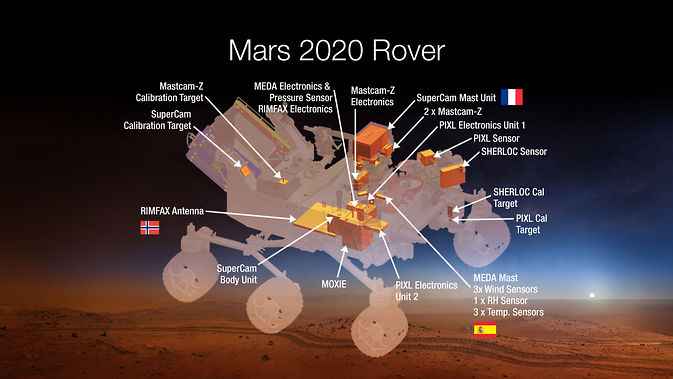Professor’s research goes galactic
September 24, 2014
Sanford Asher will watch the technology he developed blast off to Mars in 2020.
The products of Asher’s research, which he conducted at Pitt where he is a distinguished professor of chemistry, is set to board NASA’s next Mars rover as a component of SHERLOC (Scanning Habitable Environments with Raman and Luminescence for Organics and Chemicals). The rover will use his work, UV Raman spectroscopy, to identify molecules by utilizing ultraviolet light to excite the components that make up matter.
SHERLOC is an instrument that provides fine-scale imaging and uses an ultraviolet laser to identify molecules on the planet’s surface, according to a NASA release. Asher was the co-investigator for the SHERLOC instrument, and Luther Beegle, a research scientist and deputy manager of the planetary science section at NASA’s Jet Propulsion Laboratory, was the principal investigator.
“Quite frankly, SHERLOC owes a very large amount of its selection [to be aboard the rover] to Dr. Asher’s work,” Beegle said in a release. “He’s the world’s leading expert in the field, and many of the technical and scientific questions we are going to address during the Mars 2020 operations come directly from his work.”
Once the rover returns, Asher will also help identify the minerals and organics detected, which will uncover more information about Mars’ history. After the 2020 mission, scientists hope to know more about whether the red planet was ever capable of maintaining life and, if so, what kind of molecules made up said life.
NASA chose Asher and Beegle’s SHERLOC and seven other proposals out of 58 competing submissions to be included on the 2020 rover.
William Gerstenmaier, associate administrator for the Human Exploration and Operations Mission Directorate at NASA Headquarters in Washington, said in a release from NASA that the new technology on the 2020 rover will help astronauts gather information before ever landing on the planet themselves.
“Better understanding of the Martian dust and weather will be valuable data for planning human Mars missions. Testing ways to extract these resources and understand the environment will help make the pioneering of Mars feasible,” Gerstenmaier said in the release.
Asher presented his idea for his research during his job interview with the department 35 years ago, according to the release.
“I’ve been working in this area for a long time,” Asher said in the release. “I’ve been involved in all aspects of the science from laser development to theory development to building the first instrument.”
Graduate students, including David Punihaole, have worked with Asher on his research and helped analyze the spectras that are produced from UV Raman spectroscopy.
“Asher is generally considered one of the founders of UV Resonance Raman, and he’s also considered a pioneer in UV laser technology,” Punihaole said.








